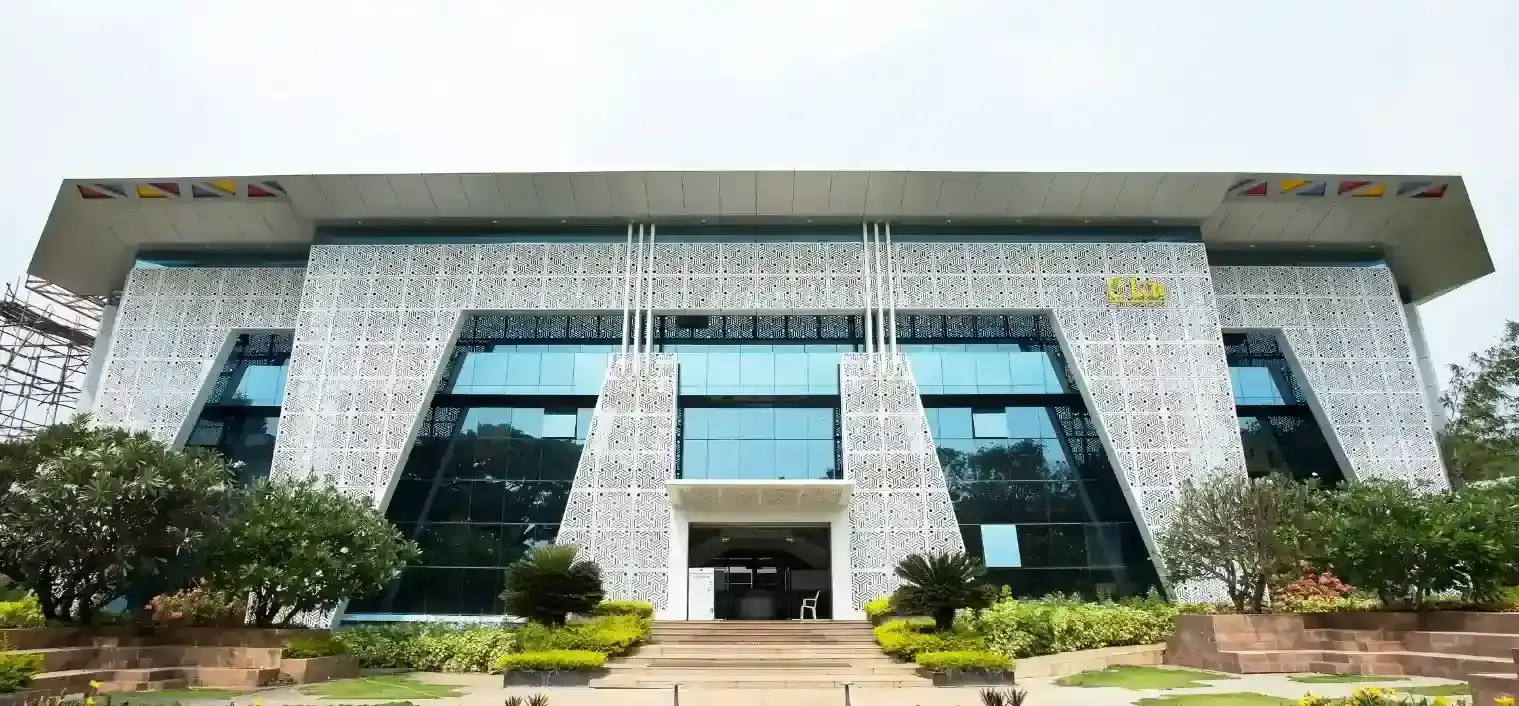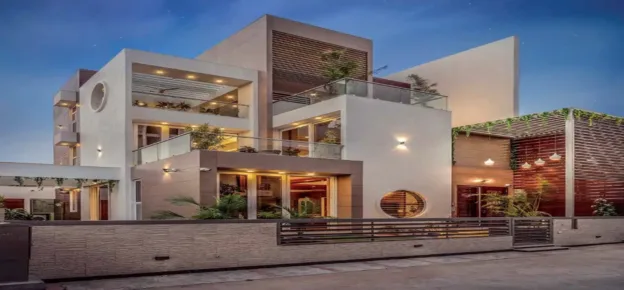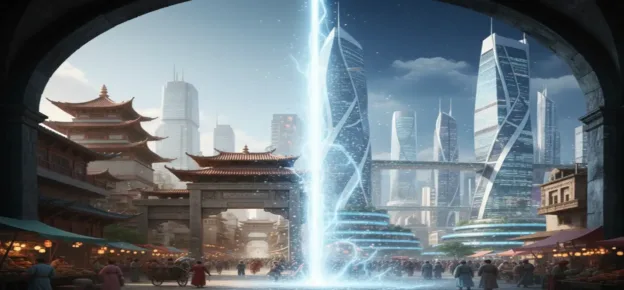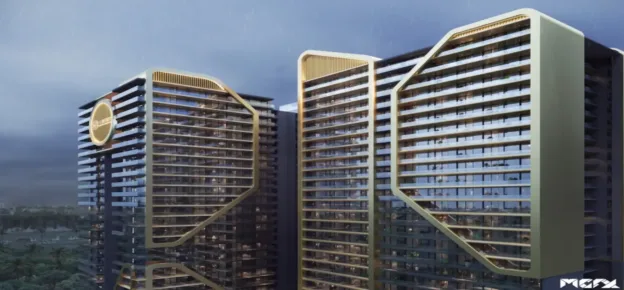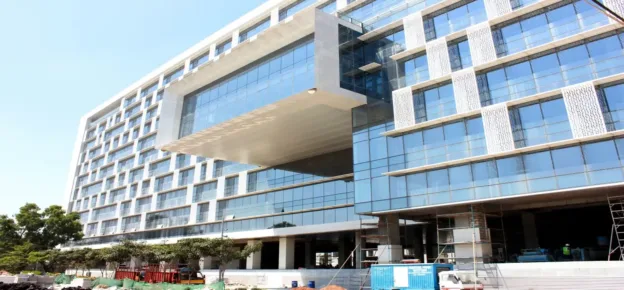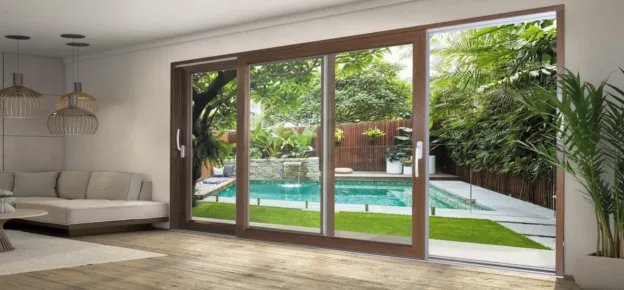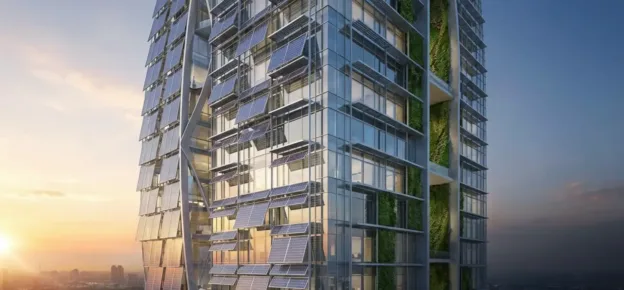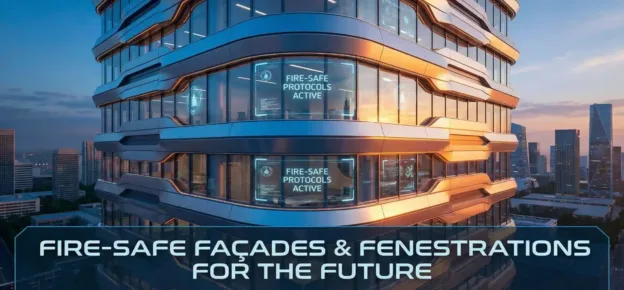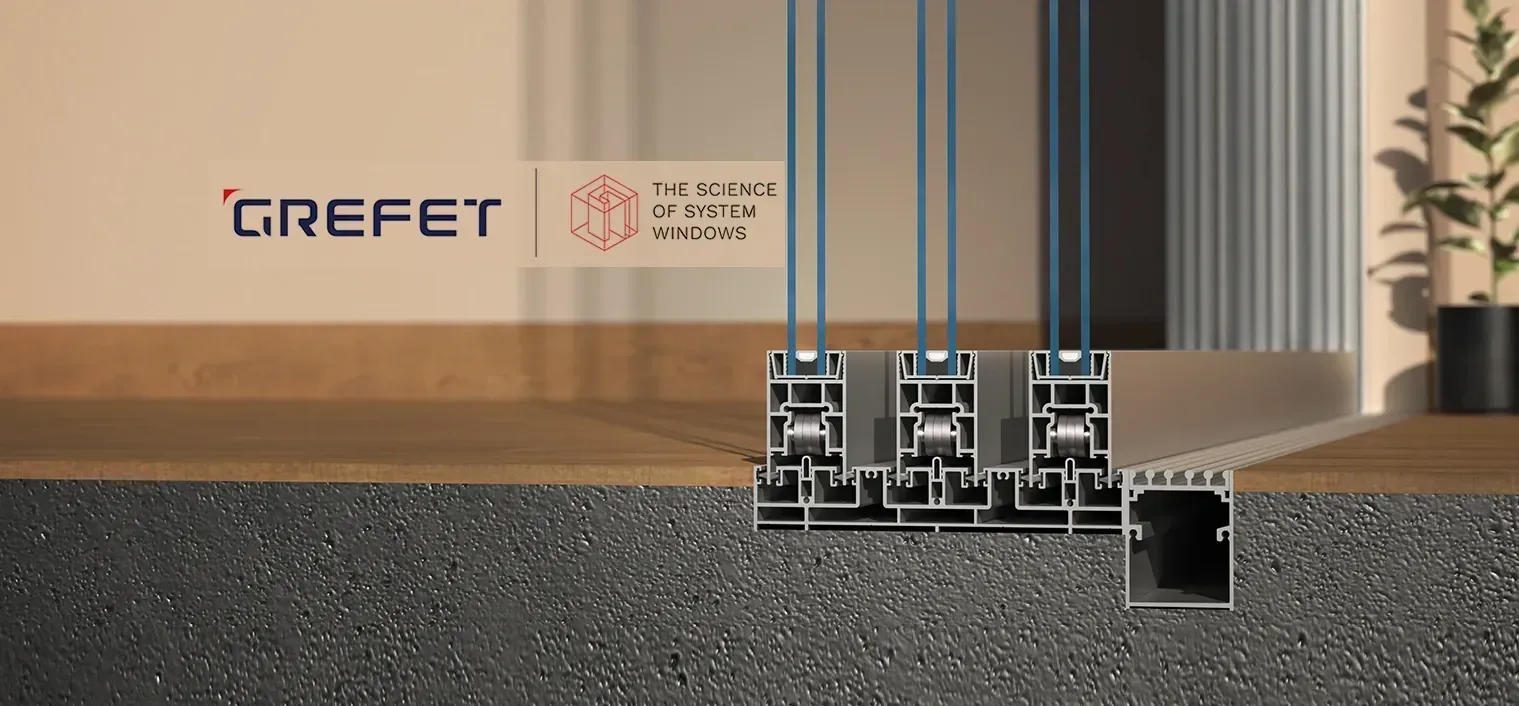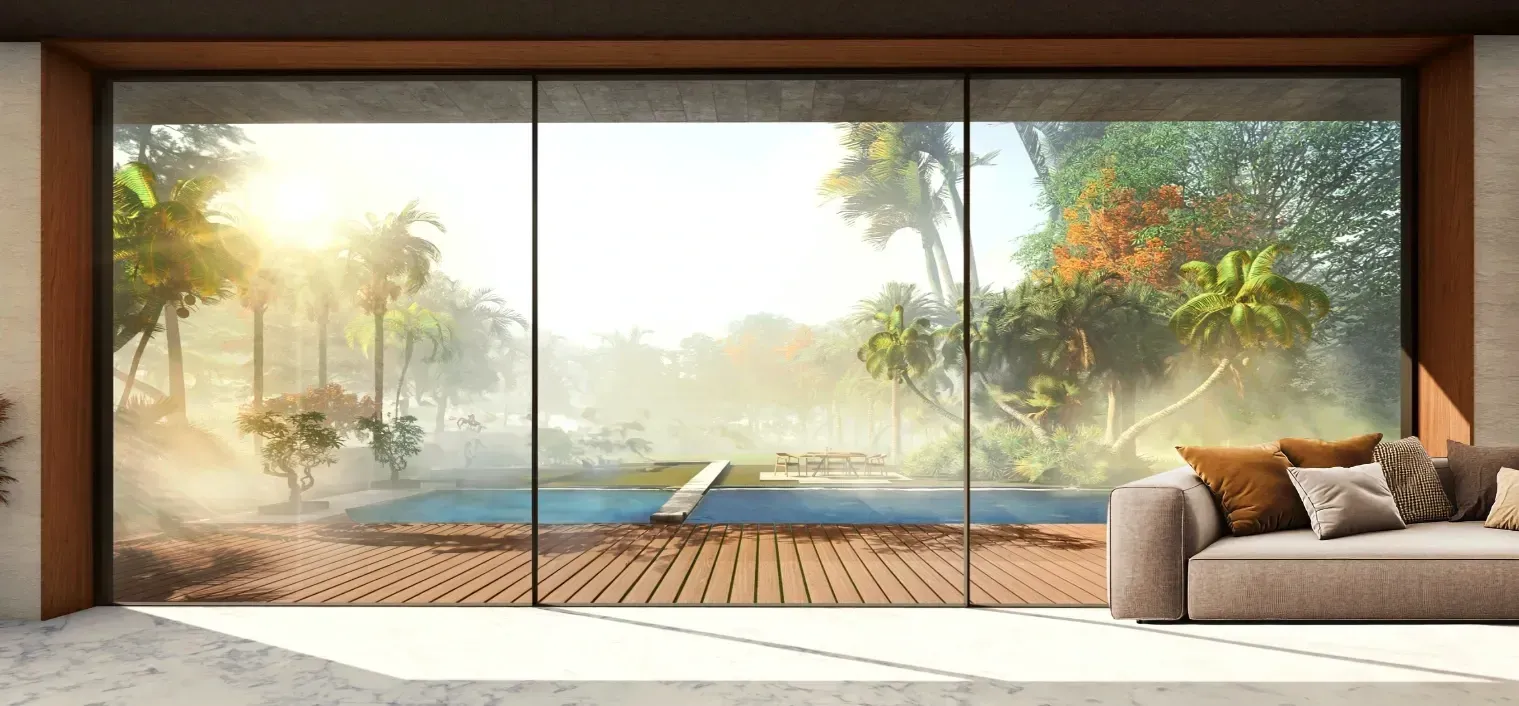In today’s rapidly evolving built environment, the fenestration and cladding industry is experiencing a profound transformation, driven by technological advancements, sustainability imperatives, and the shifting demands of contemporary architecture. No longer limited to enhancing aesthetics, facades, windows, doors, and cladding systems now play a pivotal role in energy efficiency, structural performance, occupant comfort, and environmental responsibility. Against this backdrop, our cover story explores how innovation is shaping the future of fenestration and cladding, offering a comprehensive look at the trends, challenges, and opportunities redefining the sector.
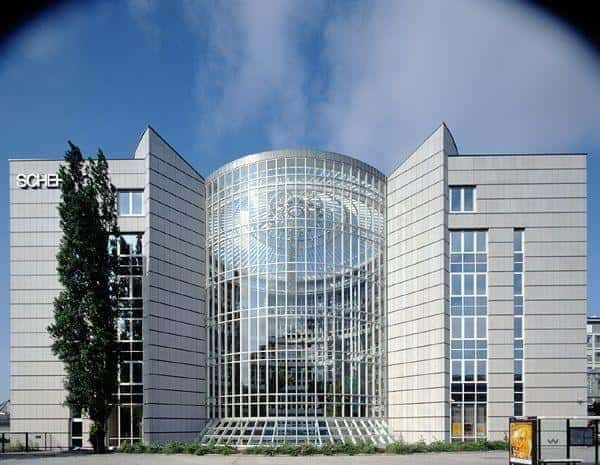
To gain deeper insights, we spoke with leading industry experts who shared their perspectives on how technology is revolutionising every stage of the process – from design and manufacturing to installation. Automation, AI-driven tools, and advanced fabrication techniques are enabling greater precision, speed, and performance, paving the way for smarter, more efficient solutions.
Sustainability has become a defining force, compelling manufacturers to develop eco-friendly materials, recyclable solutions, and energy-efficient designs. With growing regulatory pressures and heightened environmental awareness, the industry is aligning with global green-building goals while setting new benchmarks for innovation and differentiation.
Our contributors also examine how the sector is adapting to the aesthetic and functional expectations of modern architecture. As façades evolve to become dynamic, interactive, and intelligent, research and development are driving performance-driven solutions capable of withstanding varied climatic conditions, enhancing energy efficiency, and elevating user experiences.
Looking ahead, the future of fenestration and cladding presents both opportunities and challenges. From managing rising material costs and regulatory complexities to embracing digitalisation and sustainable practices, the industry is navigating an era of rapid change.
Through expert insights and forward-looking perspectives, this cover story captures the pulse of an industry in transition – revealing how fenestration and cladding professionals are shaping smarter, greener, and more resilient buildings for the future.
How Technology Is Redefining Fenestration And Cladding
Technology is reshaping the world of fenestration and cladding, bringing smarter, more sustainable, and aesthetically striking solutions to modern architecture. From energy-efficient façades to intelligent, automated systems, innovation is transforming the way buildings look, feel, and perform, creating spaces that are both functional and inspiring.

Parul Mittal, Director, Greenlam Industries Ltd., notes that the industry is undergoing a significant transformation from the initial design stage to final construction. “In design, advanced 3D modelling and parametric tools empower architects to visualise façades in exquisite detail, test material feasibility, and collaborate seamlessly with engineers and fabricators,” she explains. “Automation, CNC machinery, robotics are driving precision in manufacturing, while prefabricated panels, laser-accurate site measurements, and drone-based monitoring are revolutionising installation.”
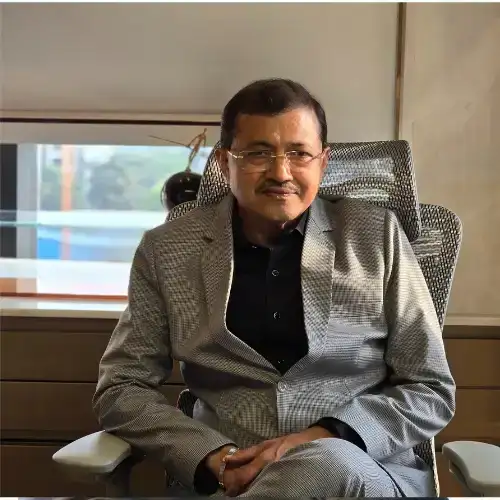
Rajesh Shah, Managing Director, Euro Panel Products Ltd., says technology has fundamentally reshaped how façades are designed and built. “At Eurobond, formability in ACP has opened up endless possibilities for customised façades, whether intricate patterns, textures, or even 3D effects. Advances in coating technology now allow us to deliver scratch-resistant, UV-stable, and weatherproof panels,” he explains. “With continuous coil-coating, automated manufacturing, and lightweight yet durable materials, installation has become faster, safer, and more cost-effective. Technology isn’t just supporting us anymore – it is driving creativity and efficiency at every stage.”

Vishal Dokania, Managing Director, Durian Laminates, opines that technology is the backbone of modern fenestration and cladding solutions. “BIM enables seamless planning, clash detection, and lifecycle assessment, while 3D simulation facilitates wind-load, thermal, and moisture resistance testing,” He says. AR, VR, and AI tools help visualise real-world finishes, and automated production lines with CNC routers ensure unmatched precision. Digital printing offers customised textures and finishes, while dry cladding systems, prefabricated panels, and laser-guided installation backed by drones are revolutionising site execution.”

Akash Srivastava, Vice President – Sales and Strategy at Schueco India, agrees that cutting-edge technologies are setting new benchmarks in the industry. “At Schueco India, we combine German engineering precision with Indian ingenuity to deliver world-class building envelopes,” he explains. “Our experts work closely with architects and consultants to transform ambitious visions into reality. CNC machining, supported by rigorous German-quality control systems, ensures unmatched accuracy, performance, and durability. This synergy allows us to execute even the most complex façade projects faster, cleaner, and with flawless precision.”
Sustainability In Product Development And System Innovation
Sustainability In Product Development And System Innovation Is No Longer A Choice but a Responsibility. Today’s industries are reimagining materials, processes, and technologies to create solutions that minimise environmental impact while maximizing efficiency, durability, and value – paving the way for a smarter, greener, and more sustainable future.
Mittal notes that Sustainability is no longer optional, but it is the foundation for innovation in this sector. Product development increasingly centres on eco-friendly, high-performance materials like HPL that offer long service life and minimise the need for replacement. Built-in durability features such as UV resistance and fire retardancy ensure façades retain both their aesthetics and performance over decades.
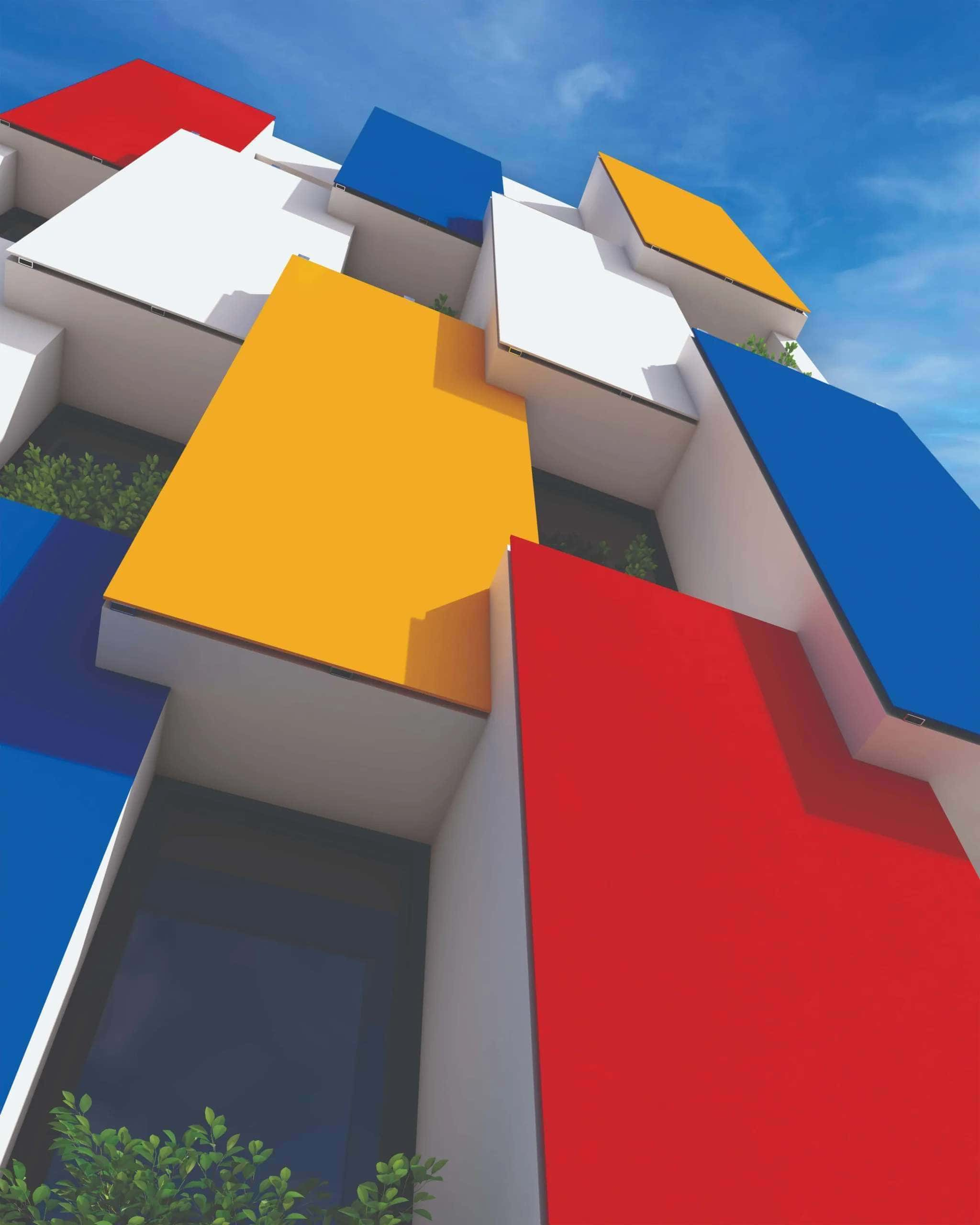
On the efficiency front, thermal insulation and ventilated façade systems are helping to significantly lower a building’s energy footprint. Even manufacturing practices are evolving with low-emission production, zero-liquid-discharge systems, and robust water and waste management processes becoming standard. With green building benchmarks such as IGBC, GRIHA and LEED shaping market demand, every innovation is designed to meet or exceed these standards.
Shah says that sustainability is truly at the heart of how we approach product development. He believes that the future of the industry depends on how responsibly we use resources, and that principle guides every innovation they undertake. The ACPs they produce are fully recyclable, and they have taken conscious steps in manufacturing – recycling aluminium scrap, reusing core scrap, reducing waste, and investing in solar power for our plants. They introduced 100% recyclable panels like Eurocore and Eurocomb, and developed fire-retardant, mineral-filled cores that meet global safety standards while supporting green building norms.
Sha adds that, beyond materials, solutions like ventilated façade systems improve thermal insulation, reduce reliance on HVAC, and lower energy consumption. As certifications like LEED, IGBC, and GRIHA become mainstream, the industry is being pushed to deliver products with longer lifespans, higher performance, and lower ecological footprints. Now, sustainability is no longer a marketing claim – it is a core business goal and responsibility.
Dokania opines that low-emission materials are used, such as low-VOC resins and recycled paper. Green compliance is ensured by meeting IGBC, LEED, and GRIHA standards. Energy Efficiency is achieved as cladding helps reduce HVAC loads, while thermal breaks in windows improve insulation. Recyclability focuses on end-of-life recovery of materials. Solar Integration is also considered, with cladding systems being adapted for photovoltaic panels.
Srivastava agrees that sustainability is the starting point, not a checkbox. Each of their systems is designed for energy efficiency during use and recyclability at the end of its life. From thermal break technology to low-carbon manufacturing, it is their aim to help India’s buildings achieve global green standards while reducing operational costs for decades.
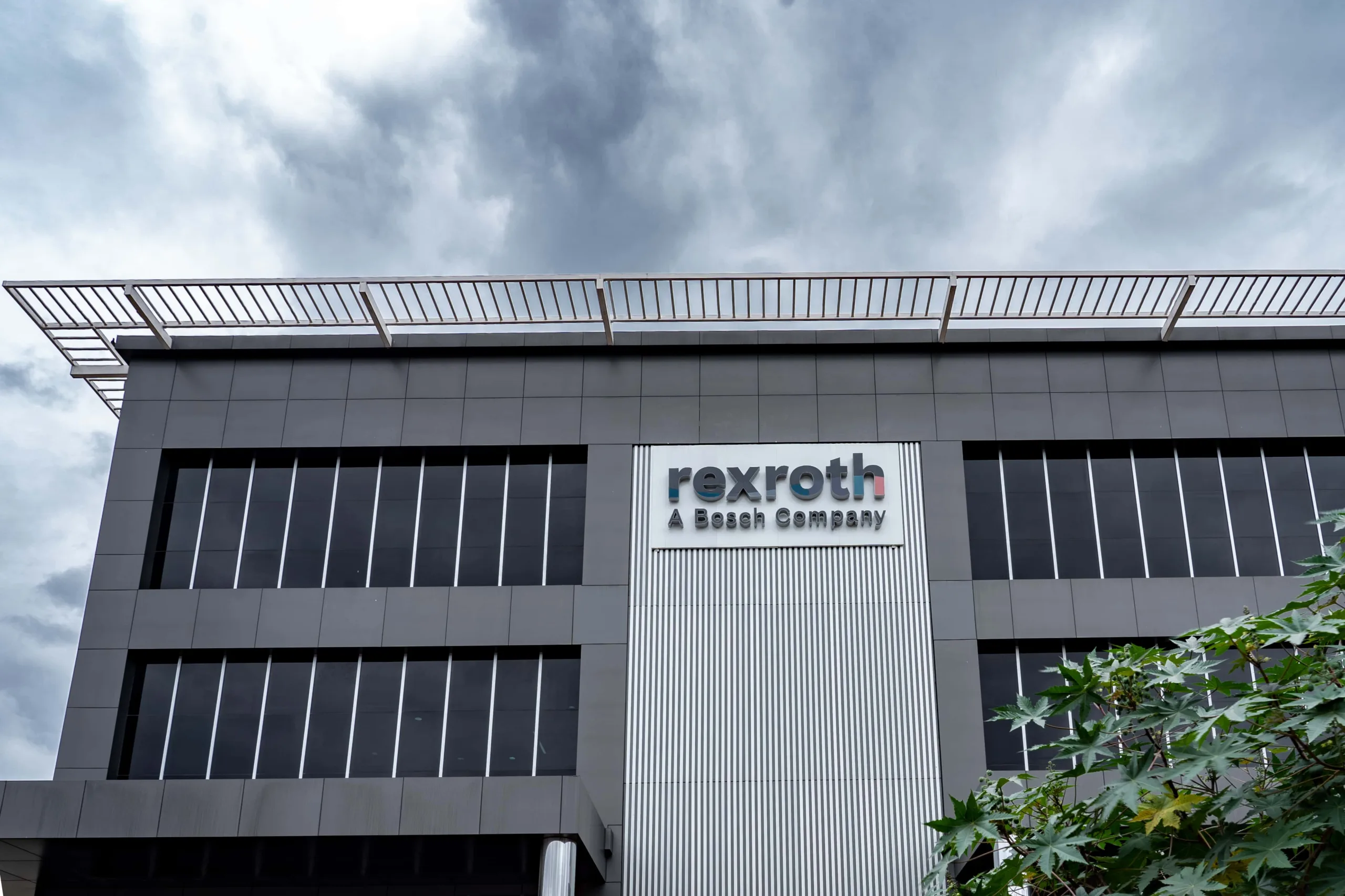
Adapting To Evolving Aesthetic And Performance Demands
As architecture and design continue to evolve, the demand for solutions that balance striking aesthetics with exceptional performance has never been greater. From innovative materials to advanced technologies, the industry is constantly adapting to meet changing expectations while creating spaces that inspire, endure, and redefine modern living.
Mittal notes that architects today seek materials that convey distinct identities and creative vision without sacrificing performance, and the industry is keeping pace. The material palette now spans HPL, fibre cement, ACP, and hybrid solutions, offering a broad spectrum of colours, textures and designs. Advanced digital surface printing and highly realistic imitations of natural materials like stone, marble, or timber deliver design freedom with the resilience of engineered surfaces. Integrated performance features such as UV resistance, weather protection, and thermal insulation are built in from the outset. Modular and parametric design systems are enabling intricate geometries, and close collaboration between manufacturers and design teams ensures that every solution balances aesthetics, functionality, buildability, and cost efficiency.
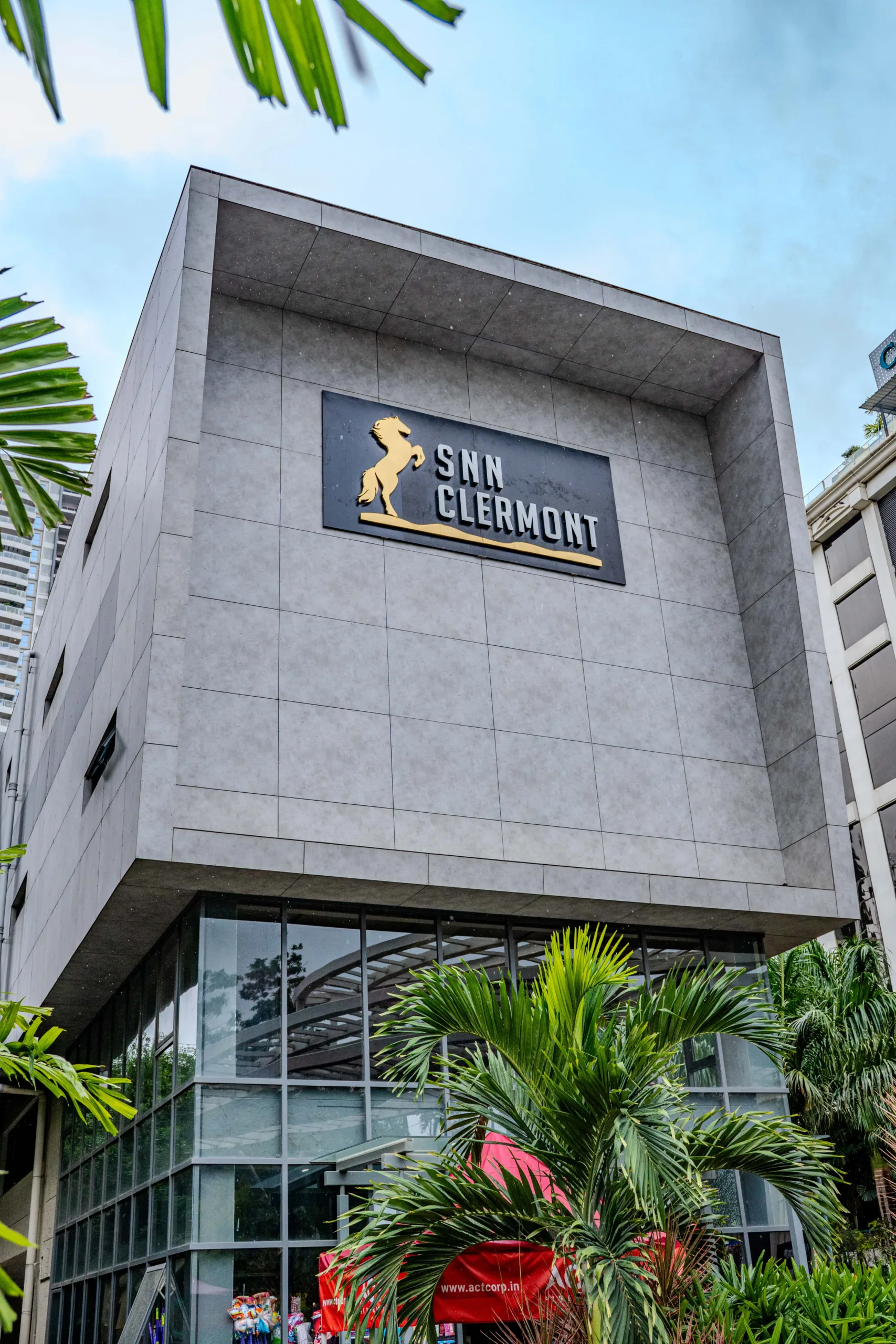
Shah says he sees architects today demanding façades that are both bold and functional, and the industry is evolving fast to keep pace. They offer more than 300 designs across 20 product ranges, whether it is wood, marble, metallics, or subtle pastel tones. With their in-house coating line and backward integration, they also provide endless customisation of colours and designs, giving architects the freedom to achieve exactly what they envision. This wide palette ensures that designers never have to compromise between vision and practicality. At the same time, performance advantages such as weather resistance, thermal efficiency, and advanced fire-retardant options are built in. He personally loves seeing how their ACPs help architects translate ideas into reality, creating façades that are expressive yet resilient, aesthetic yet enduring. He believes it is this blend of beauty and performance that defines modern architecture, and they are proud to enable it.
Dokania opines that aesthetic trends include natural finishes such as stone, wood grain, and metal textures. Large format panels are being used for sleek, joint-less designs, while bespoke designs are achieved through custom printing and branding on cladding panels. Performance enhancements include weatherproofing and UV stability for high resistance to climate conditions. Fire retardancy is certified to EN 438 and ASTM E84 standards, and special coatings such as anti-graffiti and anti-bacterial finishes are used for specialised environments.
Srivastava agrees that contemporary architecture demands elegance without compromise. He explains that they engineer ultra-slim frames, larger glass spans, unitised façades, and custom finishes that perform in India’s toughest climates, ensuring designs remain timeless while meeting demanding performance criteria.
Significance Of Research And Development In Driving Innovation
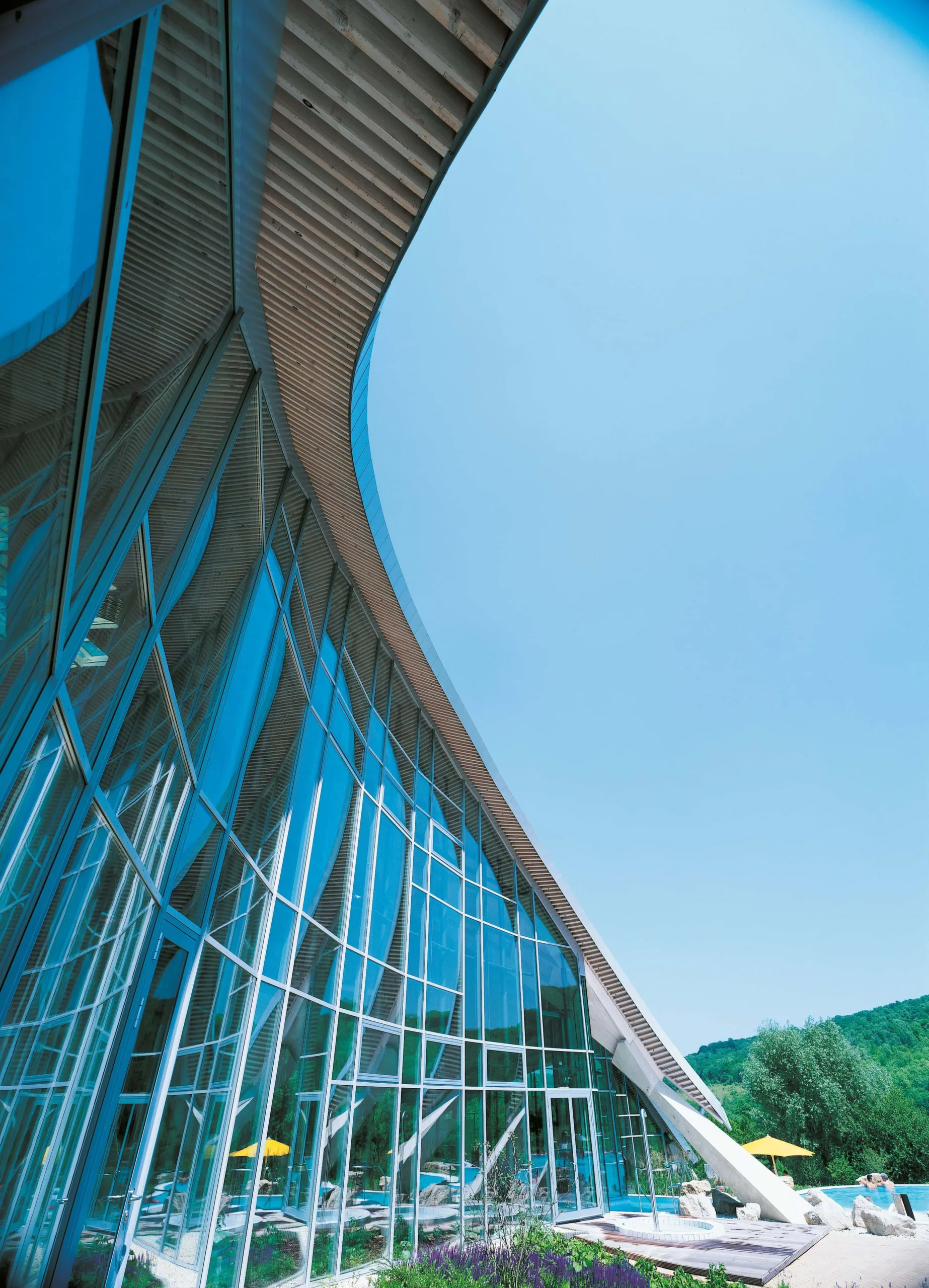
Research and development play a pivotal role in shaping innovation, enabling industries to create smarter solutions and stay ahead in an ever-evolving world. By fostering creativity, exploring new possibilities, and refining existing technologies, R&D drives progress and transforms ideas into impactful realities.
Mittal explains that research and development have been the engine room for innovation. When it comes to materials, the company is driving the development of high-performance surfaces with recycled content, advanced coatings, and specialised features such as fire resistance or antibacterial protection. In system engineering, research and development underpins the design of cladding systems that pass rigorous wind load, seismic, and rain-screen tests. Enhancements in thermal breaks, sealants, and anchoring systems improve energy efficiency and extend service life. Sustainability is embedded into the process, ensuring products meet or exceed global green building standards. From a competitive perspective, continuous research and development enable faster go-to-market cycles, sharper customisation, and value-engineered solutions that secure success in large-scale, design-led projects.
Shah says that for him, research and development are the backbone of innovation. Their R&D efforts have helped them develop fire-retardant mineral cores, enhance coating durability, and experiment with surface finishes that give architects more creative freedom. These investments ensure their panels are not only visually appealing but also compliant with global safety and quality benchmarks. He adds that research and development keep the company agile, allowing it to adapt quickly to new regulations, customer expectations, and sustainability norms. In such a competitive space, he believes continuous innovation is the only way to stay relevant, and the companies that invest in R&D today will be the ones shaping the industry tomorrow.
Dokania opines that material innovation has resulted in thinner, stronger, and smarter ECGL panels. Region-specific designs provide tailored products for varied Indian climates, while advanced testing covers wind, fire, UV, and water resistance. Development is feedback-driven, involving inputs from architects and engineers. He highlights that AI and data are also being used for predictive modelling to enhance performance and maintenance.
Srivastava explains that their Innovation Hub is where global engineering meets India’s unique needs. They focus on solving challenges related to extreme climates, evolving energy codes, and future building trends. By addressing these issues, they are able to deliver some of the most complex building designs and bring the visions of architects and consultants to reality.
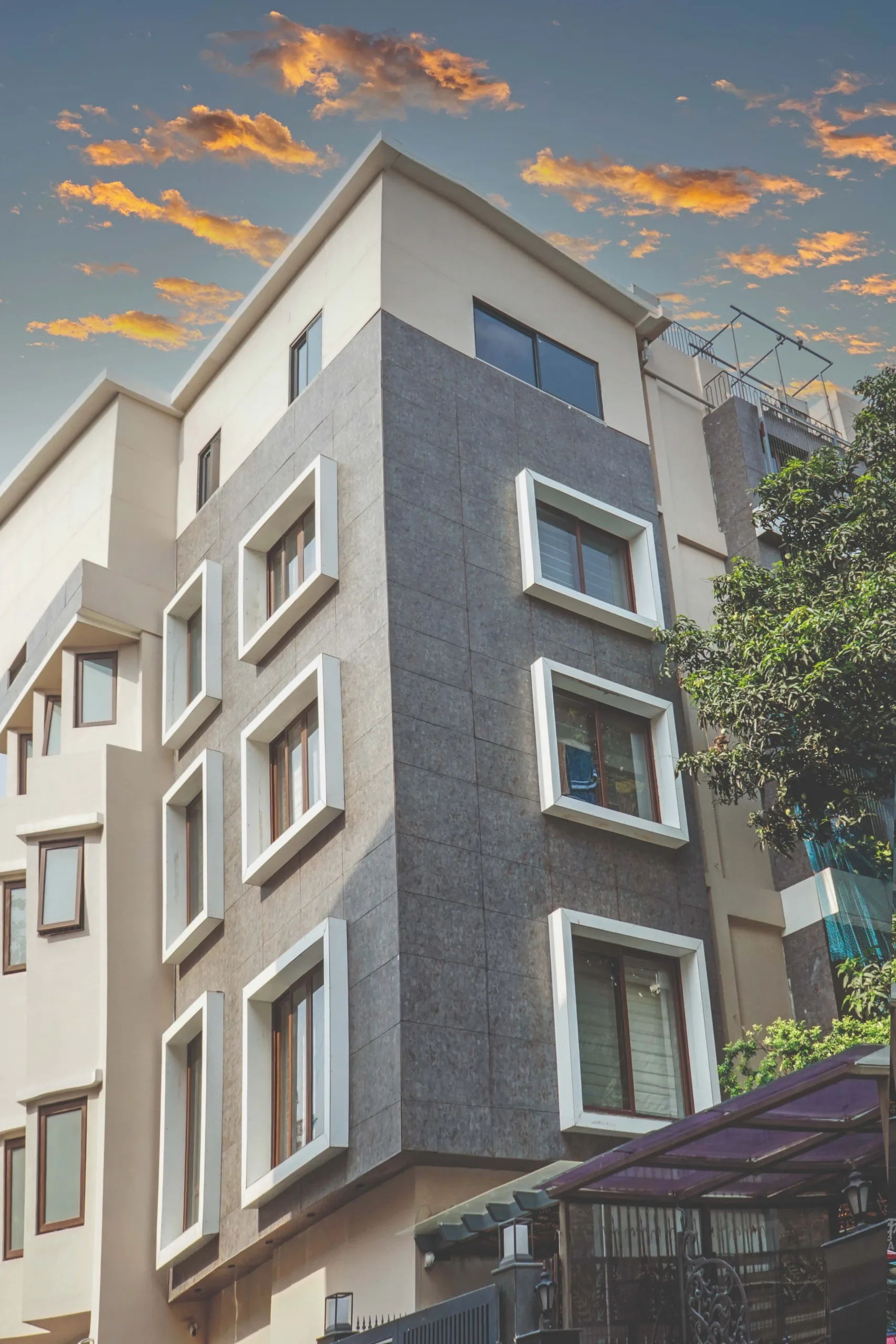
Opportunities And Challenges Shaping The Future Of Fenestration And Cladding
The future of fenestration and cladding is being reshaped by rapid technological advancements, evolving design trends, and rising sustainability demands. While these developments create exciting opportunities for innovation and efficiency, they also bring challenges in material performance, energy compliance, and adapting to ever-changing architectural needs.
Mittal explains that the fenestration and cladding industry stands at a point where opportunity and challenge go hand in hand. The global push for green buildings, supported by rapid urbanisation and large-scale infrastructure development, is creating strong and sustained demand. At the same time, advances in manufacturing, from robotics and CNC machining to 3D printing and off-site prefabrication, are making it possible to deliver complex, customised designs at scale with exceptional precision. However, she observes that these gains come with hurdles. The higher upfront cost of sustainable materials can slow adoption in price-sensitive markets, while stricter regulations on fire safety, heat performance, and environmental impact require continued investment. Adding to this are challenges such as raw material price volatility, climate change risks, skilled labour shortages, and the presence of substandard materials. She stresses that the need for strict quality control becomes clear and believes that the future leaders will be those who can navigate these pressures with speed, responsibility, and a steadfast commitment to quality.
Shah believes that the opportunities for the industry are immense. The demand for façades that are sustainable, customisable, and energy-efficient is only growing, and ACPs are perfectly positioned to meet this need. With their digital customisation, unique finishes, and recyclable material base, he sees huge scope for growth in both domestic and international markets. On the other hand, he acknowledges that challenges remain. Raw material volatility and supply chain disruptions are persistent concerns. For him, the biggest challenge – and the greatest responsibility – is to strike the right balance between aesthetics, performance, safety, and cost. He emphasises that this balance will define the future leaders of the industry. Dokania observes that opportunities lie in areas such as smart façades with solar and IoT-integrated systems, expansion into Tier-2 and Tier-3 markets due to growing infrastructure needs, export growth for high-quality Indian products in global markets, retrofitting to enable energy upgrades for older buildings, and the adoption of digital sales tools such as virtual showrooms and configurators. At the same time, he highlights several challenges. Raw material costs are rising due to volatility in resin and aluminium prices. Fire safety compliance is becoming more demanding with stricter international norms. Labour shortages are driving the need for highly skilled installers and engineers, while regulatory changes linked to evolving green certification requirements create additional complexities. Furthermore, he points out that there is an increasing demand for true sustainability with measurable green metrics, which the industry must strive to achieve.
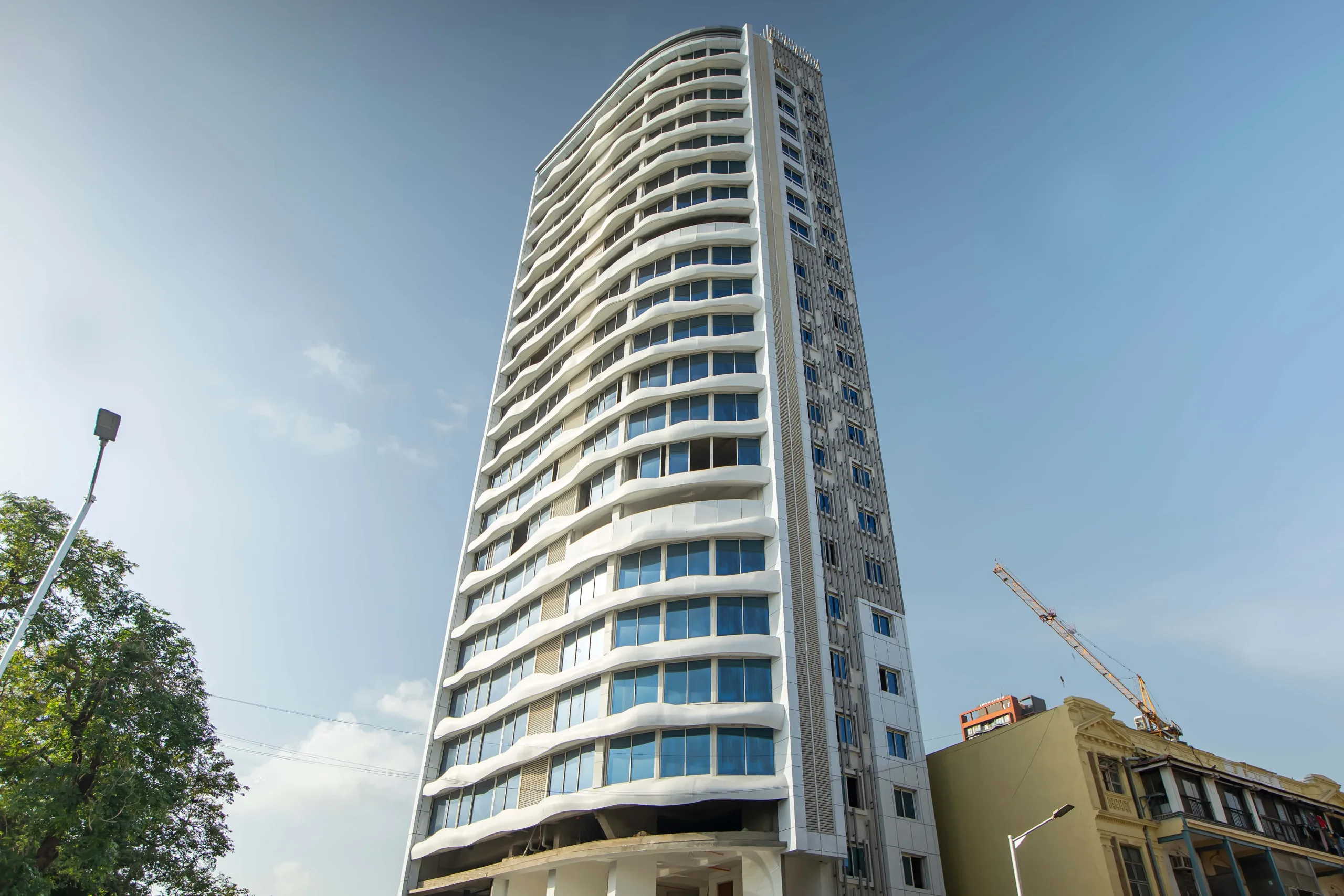
Srivastava agrees that the changing face of building design is opening exciting opportunities for the industry. Bolder aesthetics, larger spans, and more transparent façades are driving demand for advanced systems that combine beauty with performance. At the same time, he explains that climate change and increasingly harsh weather conditions are demanding solutions capable of withstanding extremes of heat, rain, wind, and seismic activity while remaining energy-efficient. Urbanisation and the rise of green infrastructure will continue to fuel growth, but he acknowledges that the challenge lies in delivering these ambitious designs at speed, with sustainability, skill, and cost-efficiency.
Conclusion
The Indian fenestration and cladding industry is undergoing a remarkable transformation, reshaping not just how our buildings look but how they perform, protect, and endure. What was once primarily about enhancing aesthetics has now evolved into a multifaceted pursuit – blending technology, sustainability, safety, and creativity to meet the demands of modern architecture.
Technology has become the silent driver behind this change. From advanced 3D modelling and BIM simulations to CNC machining, robotics, and drone-assisted installation, the entire process – from design to execution – is becoming faster, smarter, and more precise. Architects and manufacturers now have the tools to bring ambitious visions to life while maintaining quality and efficiency.
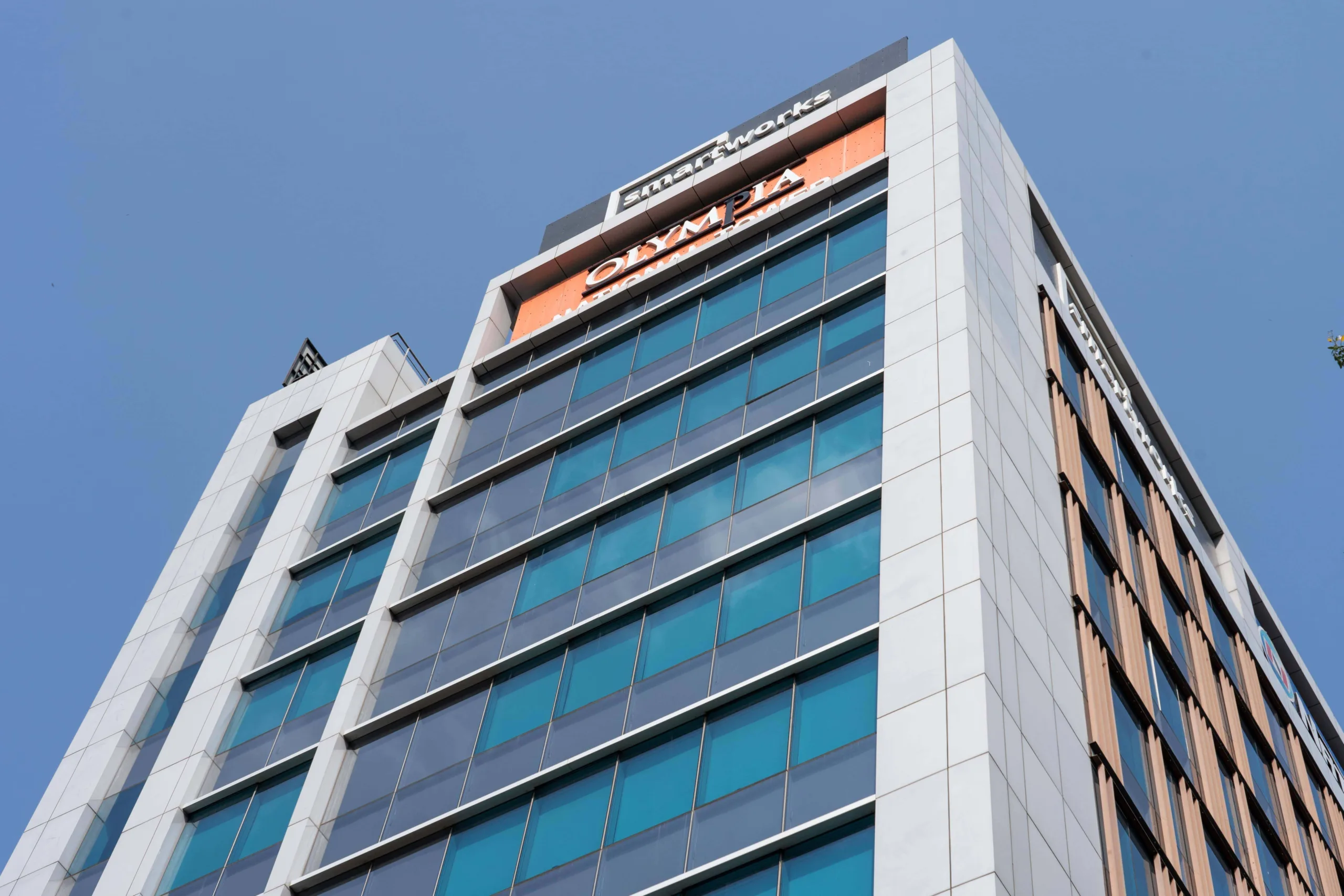
Sustainability, too, has shifted from being an optional extra to becoming the foundation on which innovation rests. Eco-friendly materials, recyclable solutions, ventilated façades, and energy-efficient designs are shaping the future of our buildings. Manufacturers are rethinking processes, investing in solar-powered plants, adopting low-emission production methods, and designing products that meet global benchmarks such as IGBC, GRIHA, and LEED.
At the same time, architectural expression is thriving. Today’s façades are bold yet functional, sleek yet resilient, offering limitless possibilities in colours, textures, and finishes. With integrated performance features like UV resistance, fire safety, thermal insulation, and weather protection, the industry is successfully balancing creativity with practicality.
However, this journey isn’t without its challenges. Rising raw material costs, stricter fire and environmental regulations, labour shortages, and quality concerns are constant hurdles. Yet, these pressures are also encouraging collaboration, innovation, and higher standards across the industry.
As India builds smarter cities and greener infrastructure, the role of façades and cladding becomes even more significant. The future lies in combining technology with sustainability, aesthetics with safety, and vision with responsibility.
This is more than an industry in transition – it is a collective effort to shape safer, smarter, and more sustainable buildings that reflect the aspirations of a rapidly evolving nation.
